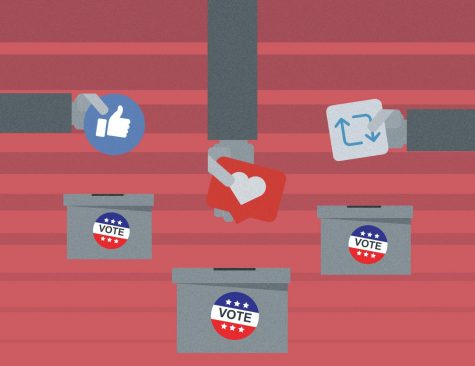Target Disability Ad Advocates Inclusive Media
November 4, 2015
By Emily Sullivan

In an unprecedented advertisement for a large American retailer, Target included a child with a physical disability in its Halloween catalog. The featured child is a young girl who models a costume of the Disney film Frozen’s Princess Elsa and uses supportive arm braces. She is the only one with a visible physical disability in a catalog that features children of all body types and races.
This appears to be the first instance of a major American chain store hiring a child with a visible physical disability for a major advertisement campaign. Disability is not always physical, however, and may be manifested as intellectual, cognitive, sensory and mental, among other forms. It should be conceptualized as a multidimensional experience for the person involved because of the many levels on which ableism operates on. It is no secret that there is very little representation of people with disabilities in the media, and that the representation that does exist preys on inaccurate, offensive stereotypes.
Media coverage most often employs sensationalistic and pitiful depictions of persons with disabilities (think Rainman) and rarely shows preferences for the human side of disability, like a little girl who is excited to wear an Elsa costume to go trick-or-treating. Certain pervasive tropes present in the media, such as the pitiful innocent (Tiny Tim and Forrest Gump) and the magically healed (Dr. Strangelove — implying you can “will off” a disability once you become “pure” is obviously incredibly problematic) present disability as a lesser existence deserving of pity and spectacle.
Why are these stereotypes so prevailing? Harmful tropes can persist in a culture for many reasons: constant and mass reinforcement from media, the organization and categorization of people committed by groups and individuals and the tendency of society to “other” those who do not fit neatly into their specific categories. These things all allow ableism and its ugly stereotypes to continue. In order to combat these tropes and stereotypes, one can employ the medium that promotes them: mass media. Using person-first language about people with disabilities (i.e, a person with a disability rather than a disabled person) and including characters with disabilities that do not rely on cheap tropes are simple means of being more inclusive, yet many writers and media forms fail to employ them.
Inclusion and representation within mass media is powerful. Disability occurs in a variety of ways, and is often resigned to physical appearances. Creating complex and authentic portraits of persons with physical disabilities is imperative. When one in five Americans are estimated to have a mental disorder, it is equally imperative to create a representation of people with mental disorders that does not rely on cheap and harmful writing.
Increasing the amount of people with disabilities in the media work sphere and encouraging cooperation between media outlets and their representative organizations are two ways these means can be achieved.
Target’s simple inclusion of a child who seems eager to trick or treat with the rest of her friends is a small one, but one that seems to have yet to occur in advertisements of any other major American retailers. When children of all abilities see these advertisements, it reinforces a positive and more accurate description of disability that does not insinuate pity or revulsion.
This inclusion is a step in the right direction, but there are leaps to be made in combating depictions of disability throughout the media, and in combating ableism in general. In one of the most viral reactions to the Target catalog, Jen Spickenagel Kroll, a mother of a girl with a physical disability, wrote “My daughter (with arm crutches and prosthetic legs) is going to FLIP when she sees this! Including children with special needs into advertising makes them less of a spectacle to the general public when they venture out into the real world. Normalizing disabilities in children is priceless.” I agree with Ms. Krolls’s sentiment — inclusion of people with different abilities is imperative. Let us applaud Target’s inclusiveness, and call on every other form of media for more accurate inclusion of disability.
Emily Sullivan, FCRH ’17, is a psychology major from Wall, New Jersey.












[…] American company included a little girl with a physical disability in an advertising campaign? In this piece for the Fordham Ram, I examine implications of stereotypes, why we should celebrate Target’s […]